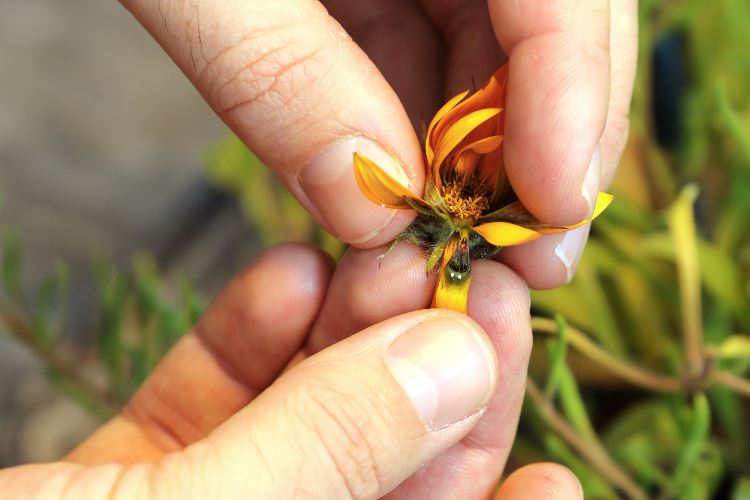
A Deceptive Daisy
From the Nominator
This story was written to promote a new journal by Cambridge plant-science researchers. The challenge was to convey very complex breaking science to a broad audience in an accessible and engaging way. By opening the story with an imagined scene, the writer took the reader straight to the heart of the study. Colorful photographs and a step-by-step approach guide the reader through the findings in a simple way. Finally, the writer sets the discovery into a wider scientific context and explains its relevance. Using photographs and lively quotes from the researchers, the writer conveyed their enthusiasm and injected a relatable human aspect. On the web, short film clips paired with the article allowed readers to see the phenomenon for themselves. The Shorthand platform was used to create a visually engaging design on the University of Cambridge website, and the article has now been viewed over 1,600 times. The story was sent out as a press release to journalists, resulting in widespread national media coverage (including from The Times, Daily Mail, and BBC Radio); 86 pieces of coverage were recorded across the UK, Australia, and the United States, reaching an estimated 83,530,687 readers. As a result, the journal paper gained an Altmetric Attention Score of 1,384--in the top 5% of all research outputs.
From the Judges
An innovative way to tell the story and make the science behind it accessible and visually compelling. Well-written piece and beautiful website. One judge felt that "all the bells and whistles" on the website were a distraction from the writing.